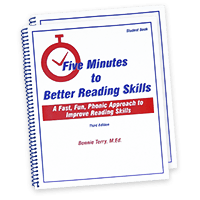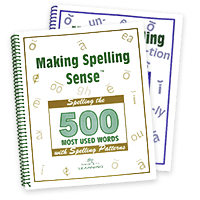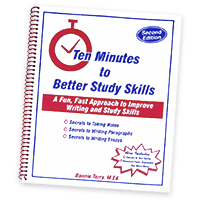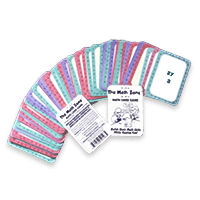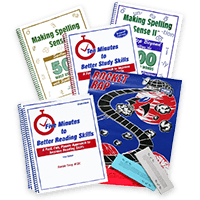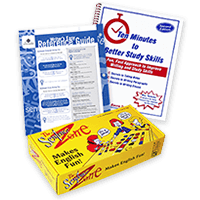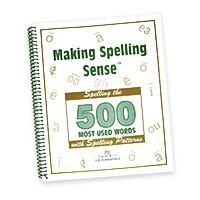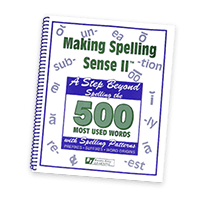ADHD Symptoms? Suspect ADHD? Diagnosed with ADHD?
September 27th, 2016[vc_row][vc_column][vc_column_text]
Do you suspect ADHD or has one of your kids just been diagnosed with ADHD?
Let me reassure you first and foremost… having ADHD is not the end of the world. And, you are not alone. 15 to 20% of the population has ADHD or other learning problems. As a parent, it can be daunting when you first realize your child is ADHD. It can, however, also be a relief. Finally, you are able to understand that there is a reason for your child’s behavior.
When one of your kids has ADHD they may easily be distracted by any and everything all day long. This can relate to not completing chores, needing constant reminders, difficulty with following routines, doesn’t listen to what you are saying, is disorganized, or doesn’t remain on task.
Now these behaviors can also happen with those without ADHD. In fact, my husband just asked what we were having for dinner and of course I told him. Within five minutes he asked me again. I said, “I just told you.” He said, “Oh, I got sidetracked and didn’t hear you.” I started laughing then because although he doesn’t have ADHD, he sure did what so many ADHD kids do all the time – not remember what I had just said and he needed it to be repeated.[/vc_column_text][vc_column_text]
What Is ADHD or ADD? Symptoms of ADHD
ADHD stands for attention deficit disorder with hyperactivity (whether the hyperactive component is evident or not.) The ADD designation of attention deficit disorder is now wrapped into ADHD, even though you may not have the hyperactive component. Usually, in order to be diagnosed with ADHD by a professional, the ADHD symptoms must have persisted for at least six months and have been present before the age of 12 years. The symptoms must also be severe enough to disrupt school, as well as home life.[/vc_column_text][/vc_column][/vc_row][vc_row][vc_column width=”1/2″][vc_single_image image=”36287″ img_size=”full” onclick=”custom_link” img_link_target=”_blank”][/vc_column][vc_column width=”1/2″][vc_single_image image=”36282″ img_size=”full” onclick=”custom_link” img_link_target=”_blank”][/vc_column][/vc_row][vc_row][vc_column][vc_single_image image=”36286″ img_size=”full” onclick=”custom_link” img_link_target=”_blank”][vc_column_text]
The Three Subtypes of ADHD
The first subtype of ADHD is where one is predominately inattentive. This is the child who is often labeled the daydreamer.
The second subtype of ADHD is where one is primarily hyperactive and impulsive. This is typically the non-stop motion child who is also impulsive and can ‘drive everyone crazy’. This is the student that gets noticed at school and gets in trouble for impulsivity and hyperactivity.
The third subtype of ADHD is the combined type, which encompasses inattention, as well as hyperactivity and impulsivity.
Additionally, ADHD symptoms can change over time, the presentation may change over time as well.
About 60% of those with ADHD have comorbid (co-occurring) conditions. In other words, 60% of the time when one has ADHD, they may also have learning problems such as dyslexia, learning disabilities, dyscalculia, Asperger’s, or depression, OCD, ASD, or be bipolar.
Understanding what is going on when you have ADHD does make life easier and less stressful.[/vc_column_text][vc_column_text]People with combined type ADHD experience six or more symptoms of predominantly inattentive ADHD and six or more symptoms of predominantly hyperactivity-impulsivity ADHD. According to the National Institute of Mental Health (NIMH), most children have combined type ADHD.[/vc_column_text][vc_column_text]
Changes in the DSM-5: Symptoms of ADHD
The DSM is the diagnostic and statistical manual of mental disorders used by mental health professionals to give a diagnostic classification. The fifth edition of the DSM was released in May 2013 and replaces the fourth edition (DSM-IV-TR).
Changes in the DSM-5 for the diagnosis of ADHD:
- Symptoms can now occur by age 12 rather than by age 6
- Several symptoms now need to be present in more than one setting rather than just some impairment in more than one setting
- New descriptions were added to show what symptoms might look like at older ages
- Adults and adolescents age 17 or older, only 5 symptoms are needed instead of the 6 needed for younger children.
[/vc_column_text][vc_column_text]Those with ADHD can and do become successful. Those with ADHD are often quite creative.[/vc_column_text][vc_single_image image=”10732″ img_size=”full”][/vc_column][/vc_row][vc_row][vc_column][vc_column_text]For more ADHD Tips, check out our Family Strategies for ADHD Kids book and our ADHD Teaching and Classroom Strategies Course.[/vc_column_text][/vc_column][/vc_row]







